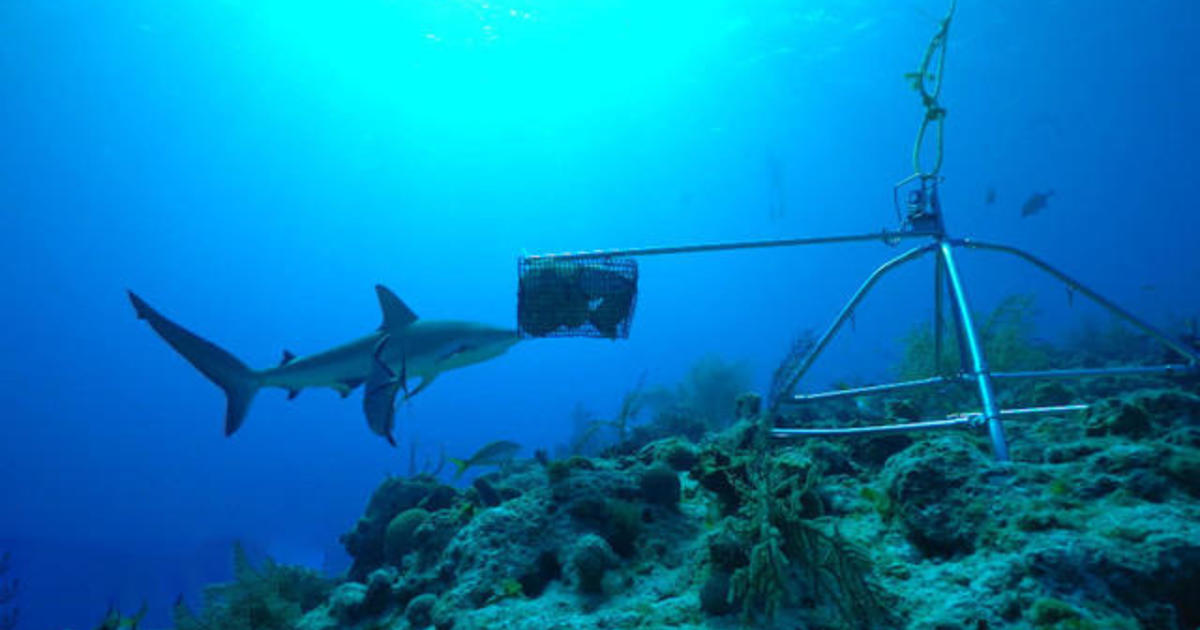Vast oceans cover 70% of our planet’s surface, playing a crucial role in human survival by providing food and oxygen and acting as a buffer against climate change. Despite their importance, oceans are increasingly threatened by global warming and human activity, with rising temperatures impacting fragile marine ecosystems.
More than 100 nations, including the United States, have agreed to protect 30% of the world’s oceans by 2030, through an initiative known as “30 by 30.” This goal involves establishing Marine Protected Areas, or MPAs, where human activities are limited or prohibited to preserve marine life.
In the Bahamas, all waters are considered a shark sanctuary. On top of that, the island nation has also designated many Marine Protected Areas, all thought to be aiding the recovery of shark populations, which are critical to coral reef health.
Many of these areas are part of an ongoing global shark census called FinPrint. In 2018, that study revealed a 63% decline in the five main species of reef sharks, with overfishing and the shark meat industry partly to blame.
Candace Fields works with FinPrint and is using innovative technology to collect new data to see if these protected areas help reef shark populations rebound.
“These MPAs might be the way to kind of help these sharks come back from the brink a little bit,” she said.
There are more than 18,000 MPAs covering about 8% of the ocean’s surface, according to United Nations data. However, conservation groups claim most are just lines on a map because about two-thirds of them have little to no enforcement.
The Bahamas has strictly enforced no-fishing zones and actively patrols its waters with the Royal Bahamas Defence Force. During the patrols, officials ensure compliance with local laws, deterring illegal fishing activities, especially from foreign vessels. Their rigorous approach is supported by advanced technology, including artificial intelligence and vessel tracking.
“We are there 24/7 and if you come we’re gonna catch you,” said Senior Commander William Sturrup, who oversees many of the operations.
“We are there on the front lines as a military. That’s how important it is to our government to protect our marine resources,” he said.
Technology plays a significant role in these efforts, according to Gregg Casad of WildAid, who illustrated the advanced tools used to monitor and protect the ocean.
“This is a big chunk of ocean, right? So we’re using this technology to help focus those patrol efforts,” said Casad.
As the world grapples with the warming climate, oceans play a critical role in regulating Earth’s temperature by absorbing 90% of the excess heat generated by climate change. Their protection is not only essential for marine biodiversity, but also for mitigating broader environmental impacts.
“There’s just tons and tons of reasons that we should work towards keeping the oceans as healthy as possible,” said Fields.


